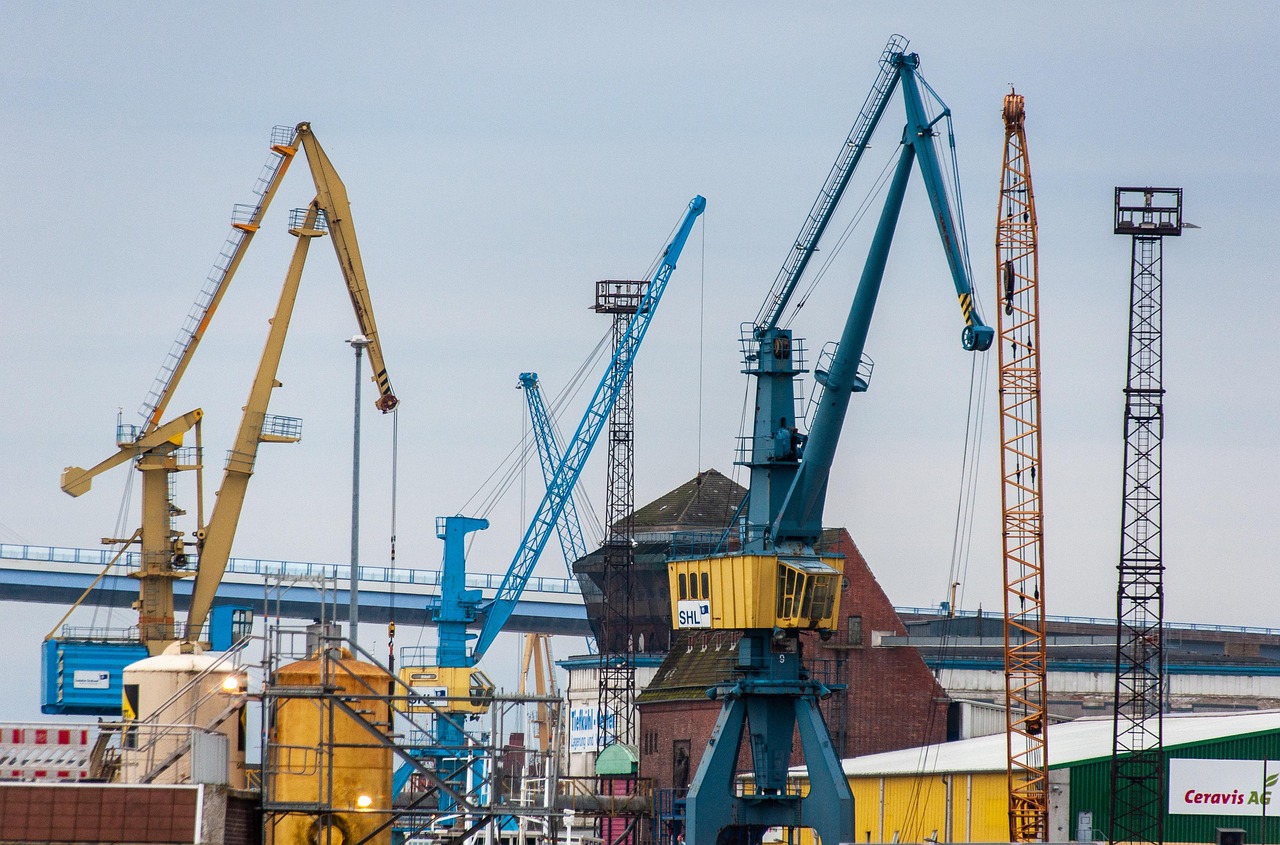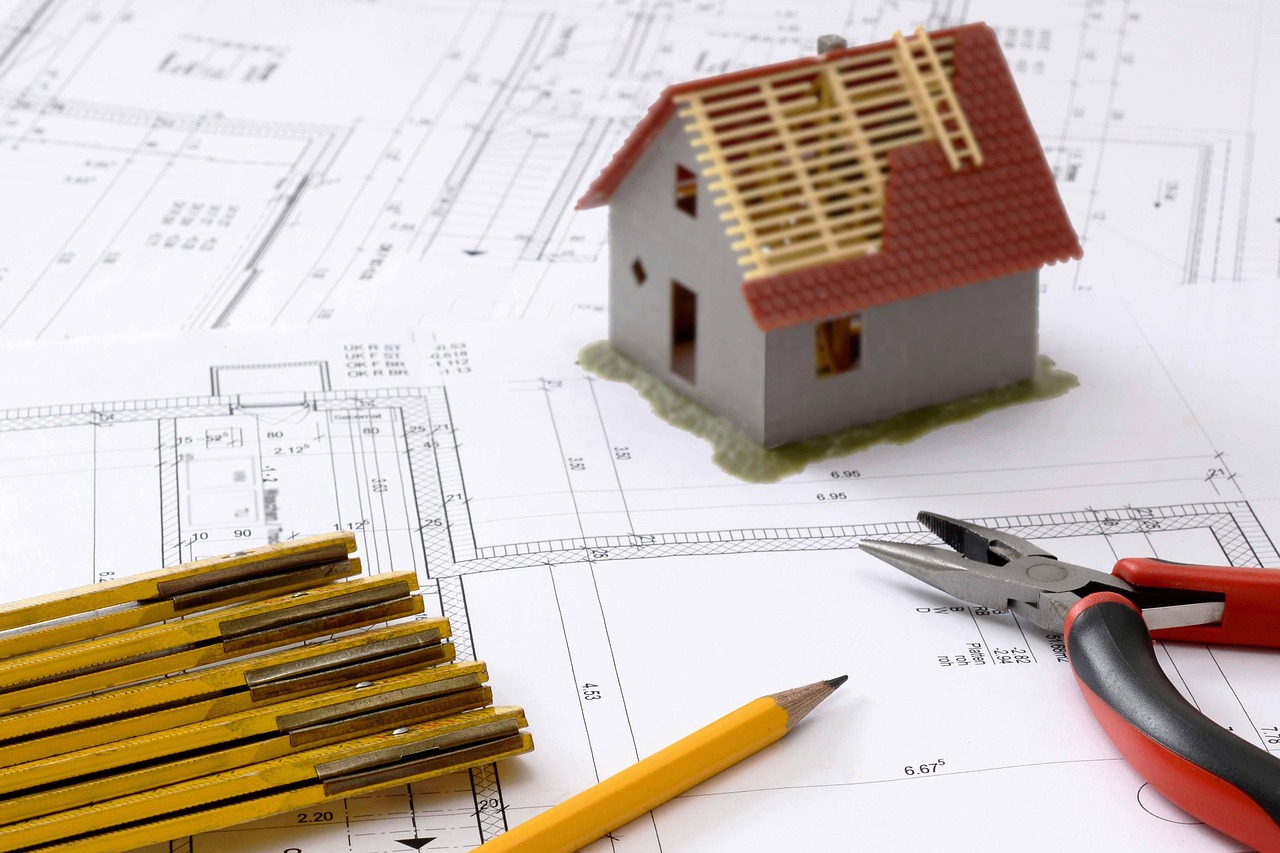The construction industry is undergoing a transformative shift thanks to the emergence of smart materials—innovative substances designed to respond to environmental stimuli and improve building performance. Unlike traditional materials, smart materials can adapt, heal, or change their properties, making buildings safer, more energy-efficient, and longer-lasting. These materials not only help architects and engineers push the boundaries of design but also contribute significantly to sustainability goals by reducing waste and energy consumption.
One of the most exciting smart materials is self-healing concrete, which contains bacteria or chemical agents that activate to repair cracks automatically, extending the lifespan of structures and reducing costly maintenance. Shape-memory alloys and polymers can change shape in response to temperature or stress, allowing dynamic architectural elements like shading systems or responsive facades that adjust to sunlight and weather conditions. Additionally, phase-change materials (PCMs) help regulate indoor temperatures by absorbing and releasing heat, improving energy efficiency and occupant comfort.
Beyond these examples, smart materials are being integrated into sensors embedded within building components to monitor structural health in real time, detect damage, and alert maintenance teams before problems escalate. As these technologies advance, smart materials are becoming the core of modern construction innovation—driving smarter, safer, and more sustainable buildings. For developers and homeowners alike, embracing these innovations promises a future where buildings do more than shelter—they actively enhance quality of life and environmental responsibility.












Leave a Reply